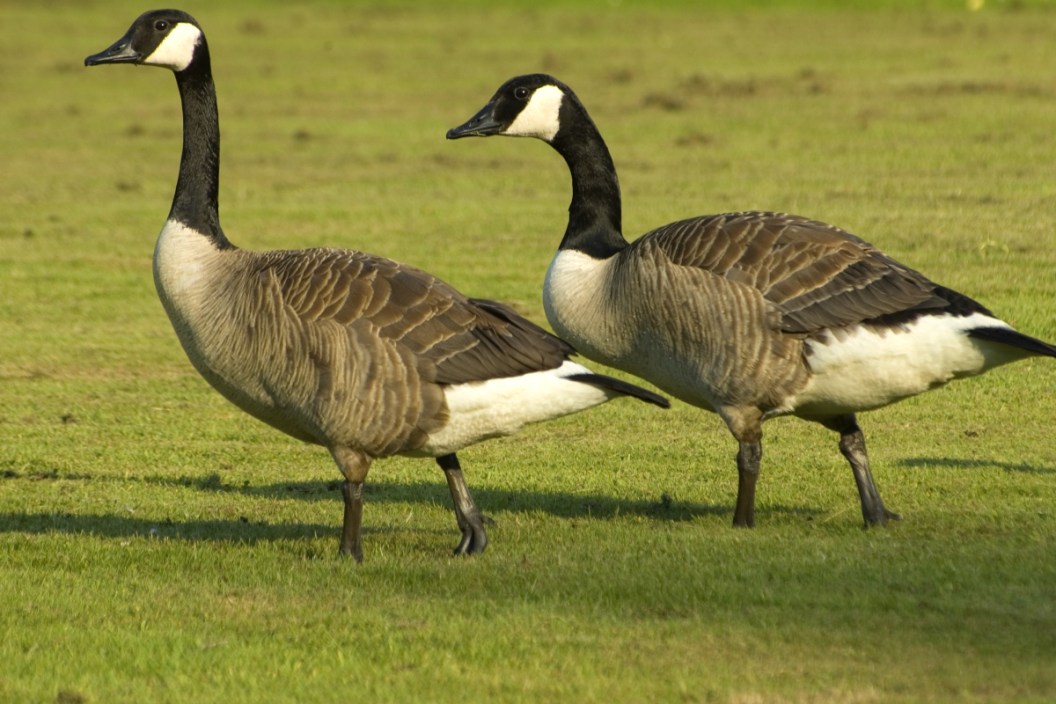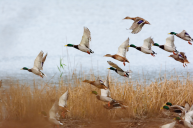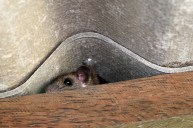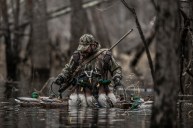Geese with blue colored fat were likely exposed to rat poison.
A very strange hunting mystery from last fall has finally been solved and the results are more than a little concerning for anyone who hunts waterfowl. The California Fish and Wildlife Department saw reports of blue-colored fat in at least 10 Canadian geese shot by hunters in the state's Contra Costa County during the 2020 seasons.
After many months of testing and examination, the department's Wildlife Health Lab (WHL) has figured out the answer. The geese were exposed to rat poison. More specifically, an anticoagulant rodenticide called Diphacinone. The substance was detected in the liver of the animals.
In case you are wondering how the geese got exposed to such a substance, the answer is simpler than you may think. The CDFW says Diphacinone is often used for both agricultural and landscape uses, places where the birds might feed on grass, seed, grains, and oats. The poison is designed to kill rats, mice, ground squirrels and other rodents. The poison kills by stopping the animal's body from making an enzyme that recycles Vitamin K and causes internal bleeding.
There is even an explanation for why the fat of the geese turned blue from ingesting this poison as CDFW's Senior Environmental Scientist Krysta Rogers explained in a press release.
"Rodenticide baits like Diphacinone often contain a dye which identifies the bait as poison. We suspect the blue-colored fat was caused by ingestion of a Diphacinone bait containing blue dye," Rogers said.
While this type of poison is usually considered safe for use by humans, the CDFW also encouraged hunters to report any similar findings of animals with blue fat to the CDFW Wildlife Health Lab.
This is not the first time we have heard of hunters being surprised to cut open an animal and find it has blue fat. Several years ago, a series of photos of a feral hog taken in California went wildly viral when it was revealed the pig had bright blue fat once the hunter cut it open.
In that case, it was also believed the hog had ingested a form of rodent poison prior to being harvested and game wardens advised the hunter not to eat any of the meat from the animal. It is a good thing to keep in mind when you are out hunting, if you see blue fat, for you own safety, do not eat the animal. Report it to your local state wildlife agency for testing and further study.
For more outdoor content from Travis Smola, be sure to follow him on Twitter and check out his Geocaching and Outdoors with Travis YouTube channels.
NEXT: THE AXIS DEER AND HOW THEY'RE IMPACTING PARTS OF THE UNITED STATES
WATCH





